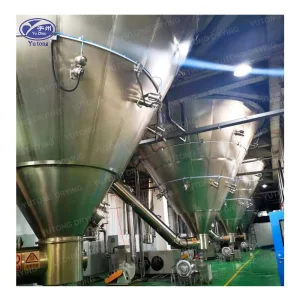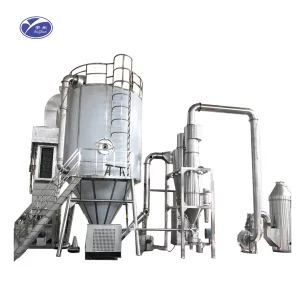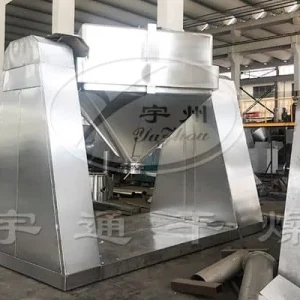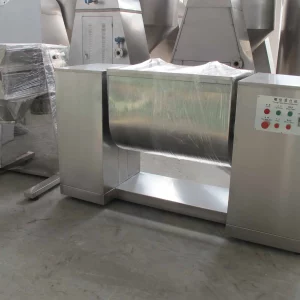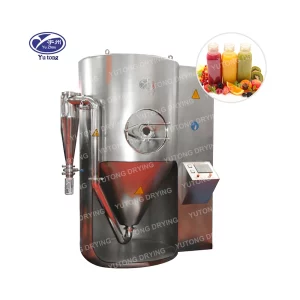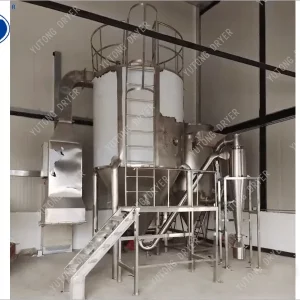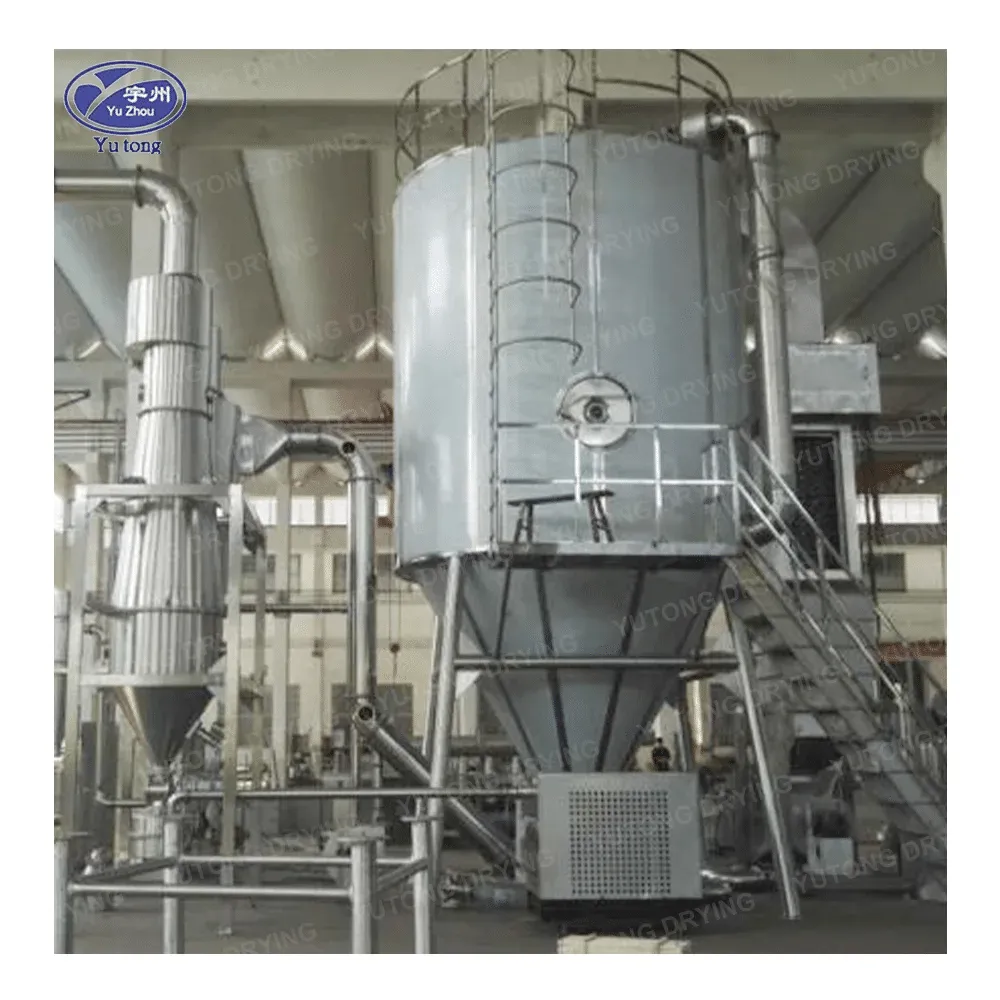Spray-drying is a widely used and highly significant process in various industries, playing a crucial role in the production of a diverse range of products. This technique offers several advantages and has a profound impact on different sectors, from food and pharmaceuticals to chemicals and materials science.
In the food industry, spray-drying is essential for converting liquid or semi-liquid food products into powdered forms. For instance, milk, coffee, and fruit juices are often spray-dried to increase their shelf life and ease of storage and transportation. The process involves atomizing the liquid feed into fine droplets and then rapidly drying these droplets with hot air. This results in a powdered product that retains much of the original flavor, aroma, and nutritional value. Spray-dried food powders are convenient for consumers as they can be easily reconstituted with water or other liquids. Moreover, they take up less space than their liquid counterparts, reducing packaging and storage costs for manufacturers.
In the pharmaceutical industry, spray-drying is employed to produce drug powders with specific properties. It can be used to encapsulate drugs within particles, enhancing their stability and solubility. This is particularly important for drugs that are unstable in liquid form or have poor bioavailability. Spray-dried drug formulations can also be designed to target specific areas of the body or to release the drug at a controlled rate, improving the efficacy and safety of the treatment. Additionally, spray-drying is used to produce vaccines and other biological products, ensuring their stability and ease of administration.
The chemical industry also benefits from spray-drying. It is used to produce fine powders of chemicals such as pigments, catalysts, and detergents. Spray-drying allows for precise control over the particle size and shape of these powders, which can affect their performance and usability. For example, in the production of pigments, spray-drying can produce particles with a uniform size and shape, resulting in better color consistency and dispersion. In the case of catalysts, spray-drying can create highly porous particles that increase the surface area available for chemical reactions, improving the catalyst’s activity.
In materials science, spray-drying is used to produce advanced materials such as ceramics, composites, and nanoparticles. The process can be tailored to produce materials with specific properties such as high purity, controlled porosity, and unique morphologies. For instance, spray-drying can be used to produce ceramic powders with a narrow particle size distribution, which is important for achieving high density and mechanical strength in ceramic components. In the field of nanotechnology, spray-drying is used to produce nanoparticles with controlled size and shape, which can be used in applications such as drug delivery, catalysis, and electronics.
One of the key advantages of spray-drying is its ability to produce powders with a high degree of uniformity. The atomization process ensures that the droplets are all of similar size, which leads to consistent drying and a homogeneous final product. This uniformity is crucial for many applications where the properties of the powder need to be tightly controlled. Additionally, spray-drying is a relatively fast process, which can increase production efficiency and reduce costs. The hot air used in the drying process can also sterilize the product, making it suitable for applications where hygiene is a concern.
However, spray-drying also presents some challenges. The process requires careful control of parameters such as temperature, air flow rate, and feed rate to ensure optimal drying and product quality. If these parameters are not properly controlled, the resulting powder may have defects such as agglomeration, moisture content variation, or loss of active ingredients. Additionally, spray-drying can be energy-intensive, especially when large volumes of product need to be dried. Therefore, efforts are being made to develop more energy-efficient spray-drying processes and to optimize the operation of existing systems.
In conclusion, spray-drying is a highly significant process with a wide range of applications in various industries. Its ability to produce powders with specific properties and high uniformity makes it an essential tool for the production of many products. Despite the challenges associated with the process, ongoing research and development are aimed at improving its efficiency and effectiveness, ensuring its continued importance in the future.

